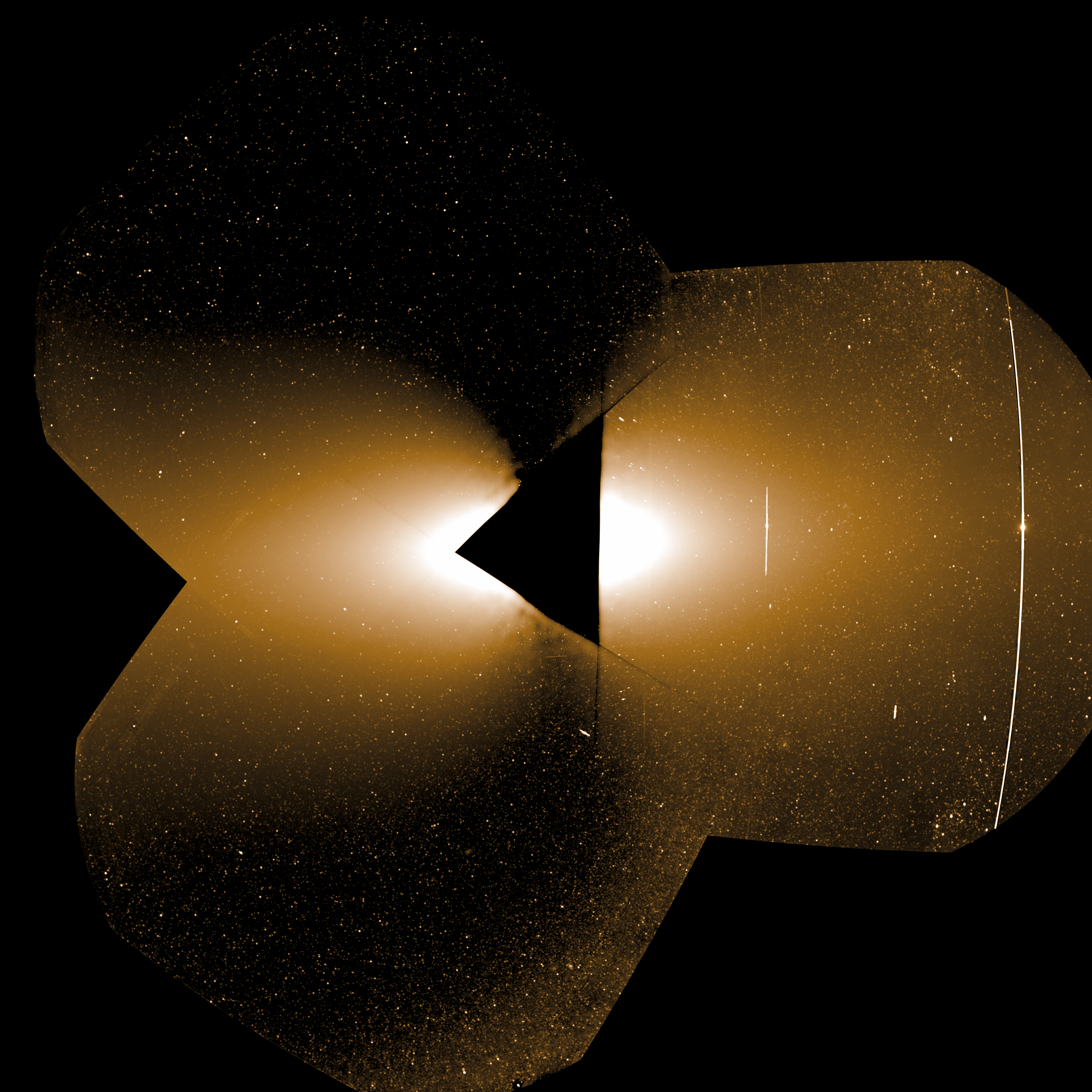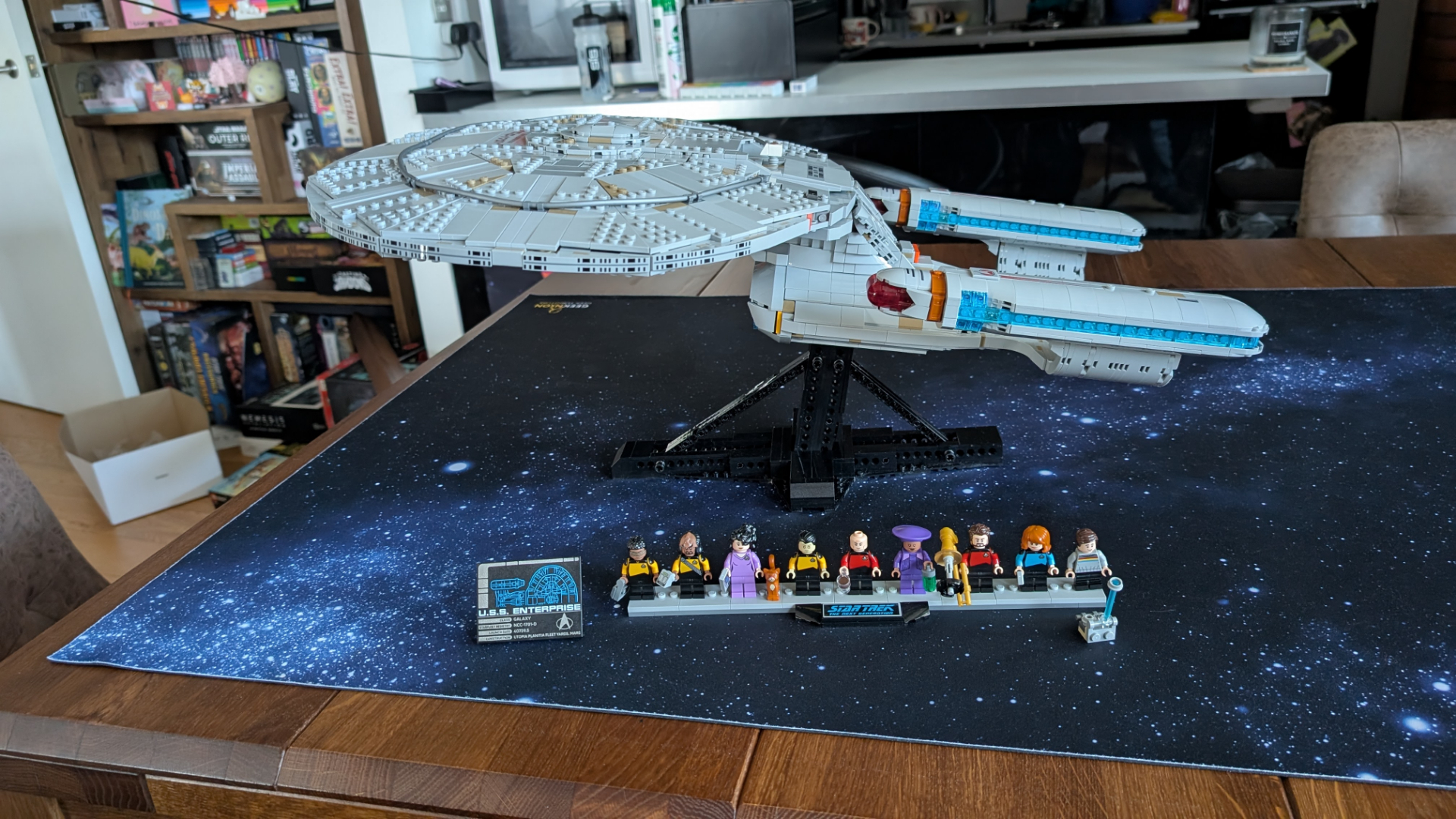NASA's new sun-studying mission 'PUNCH' attains its final form in Earth orbit
"The planet gets in the way from the point of view of any one spacecraft, so we had to spread them around the planet to look everywhere all at once."

On Wednesday (Aug. 13), NASA announced that the four satellites of its exciting new sun-studying mission, PUNCH, have successfully reached their stations in orbit around our planet. They all lie along Earth's day-night line to earn a continuous view of our star.
PUNCH, which stands for Polarimeter to Unify the Corona and Heliosphere, is meant to do precisely what its name suggests. It's made up of four separate spacecraft, each of which NASA likens to the size of a standard suitcase, that have the power to collect rich data about the solar wind.
The solar wind refers to the stream of charged particles emanating from the sun at extremely fast speeds — like, a million miles per hour fast. However, even though we know the solar wind is connected to the sun (specifically the sun's corona, or outer atmosphere), it remains unclear where the phenomenon's precise origin lies. That's where PUNCH comes in.
The four spacecraft associated with the mission — three wide-field imagers (WFI) and a near-field imager (NFI) — can work together to isolate specific features within the solar wind that may hold clues to the puzzle's solution.
"We have to have two kinds of instruments," PUNCH's principal investigator, Craig DeForest of the Southwest Research Institute in Boulder, Colorado previously said during a mission overview. "One that looks close to the sun, where it's bright, and one that looks farther from the sun where it's fainter."
Here's where we can circle back to the title of PUNCH. The hope is that learning the intricacies of the solar wind can help scientists lay out the link between the sun's corona and what's known as the heliosphere. That's the invisible bubble that surrounds our solar system and acts as the fence between us and the rest of the universe. Indeed, it's full to the brim of particles emitted from the sun's corona via the solar wind.
Potentially, PUNCH should be able to unify all of these components; and, to do so, the mission's quartet of data-collectors must be arranged in our planet's orbit very particularly so as to maximize solar-wind data collection. This is what the team says has been achieved, as of Aug. 7, with its new update.
Breaking space news, the latest updates on rocket launches, skywatching events and more!

"We want to measure the solar wind globally around the star in near real time,” DeForest said in a new NASA statement about PUNCH achieving its formation. "The planet gets in the way from the point of view of any one spacecraft, so we had to spread them around the planet to look everywhere all at once."
"We had to make the instrument either very far from the Earth, which would be cost prohibitive," DeForest previously said. "Or, we needed to make it as large as the Earth."
PUNCH delivered its first light images on April 18 to the delight of astronomers and space enthusiasts. This confirmed that all four instruments were working as designed, which was a major milestone in the mission's timeline. (In fact, according to the new NASA release, those images are almost fully processed and stitched together to form an epic mosaic of PUNCH data).
And now that yet another milestone has been notched with all four instruments locked into their cosmic stations, perhaps the first keys to a major mystery of our solar system's bright yellow anchor will start revealing themselves.

Monisha Ravisetti is Space.com's Astronomy Editor. She covers black holes, star explosions, gravitational waves, exoplanet discoveries and other enigmas hidden across the fabric of space and time. Previously, she was a science writer at CNET, and before that, reported for The Academic Times. Prior to becoming a writer, she was an immunology researcher at Weill Cornell Medical Center in New York. She graduated from New York University in 2018 with a B.A. in philosophy, physics and chemistry. She spends too much time playing online chess. Her favorite planet is Earth.
You must confirm your public display name before commenting
Please logout and then login again, you will then be prompted to enter your display name.
